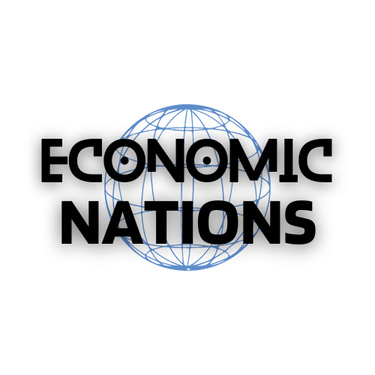Rethinking Work-Life Balance for Enhanced Productivity
EMERGING FUTURE
6/12/20243 min read


Work-life balance has always been a hot topic among policymakers, corporate leaders, and employees who constantly seek more pay and better life quality. However, it has become more complex with changing workplace dynamics and technological advancements. Traditionally, there has been an advocacy for a clear separation between work and personal life, but recent trends and practices suggest a different solution. For higher productivity and safeguarding employees' personal lives, it's important to reimagine work-life balance. Mixing personal and professional spheres might sometimes be beneficial.
The Traditional View: Work and Personal Life Separation
Historically, the concept of work-life balance demarcated clear boundaries between professional space and personal time. It was believed to be essential for mental health, ensuring that employees could recharge and maintain productivity. It also gave employees the right to safeguard their personal lives. However, this way of thinking is being challenged by the demands of modern work environments, especially in high-stakes industries like technology and finance.
Nvidia's CEO, Jensen Huang, recently spoke about the demanding work culture. He admitted to constantly thinking about work, even outside office hours, reflecting the idea that excellence requires relentless dedication. Huang's perspective suggests that building something great involves sacrifices, including personal joy and traditional notions of work-life balance. This mindset might drive remarkable achievements, but it also raises questions about sustainability and employee well-being.
Flexible Work Arrangements: A Finnish Perspective
Contrasting Huang’s approach is the Finnish model, particularly exemplified by the practices at Framery, a company known for its flexible work culture. Here, work-life balance is not about strict boundaries but about integrating personal needs into the workday. Framery’s approach allows employees to adjust their schedules to accommodate personal responsibilities, fostering a sense of autonomy and trust.
This flexibility doesn't imply a lack of commitment but rather an emphasis on results over rigid schedules. Employees can structure their workday around personal commitments, promoting a healthier balance and potentially enhancing productivity. The Finnish model underscores that flexibility and trust can lead to happier, more engaged, and ultimately more productive employees.
Emerging Trends: Unhappy Leave and Quiet Vacationing
Two emerging trends, "unhappy leave" and "quiet vacationing," offer further insights into evolving work-life balance paradigms. The concept of "unhappy leave," as practiced by Pang Dong Lai in China, acknowledges that employees might need breaks for emotional well-being, beyond traditional sick or vacation days. This policy, allowing employees to take time off during periods of unhappiness, reflects a progressive understanding that mental health significantly impacts productivity.
On the other hand, "quiet vacationing" highlights the challenges of fully disconnecting in an "always-on" work culture. Many employees, fearing judgment or falling behind, opt to remain partially connected during vacations. This trend reveals the persistent pressure to stay engaged, which can undermine the restorative benefits of time off. It indicates a need for cultural shifts within organizations to encourage true disconnection and mitigate burnout.
Image Courtesy: Canva


Image Courtesy: Canva
Balancing Integration and Boundaries
While the integration of work and personal life offers flexibility, it is crucial to strike a balance to prevent burnout. Companies must create environments that allow for flexibility without eroding the quality of personal time. This involves not only policy changes but also cultural shifts that genuinely value employee well-being.
Encouraging practices like regular breaks, flexible working hours, and mental health days can contribute to a more sustainable work environment. However, organizations must also respect boundaries, ensuring that employees can disconnect without fear of negative repercussions. Clear communication about expectations and support for taking genuine breaks are essential.
Conclusion: Towards a Balanced Future
Rethinking work-life balance involves recognizing that a one-size-fits-all approach is outdated. Different industries, roles, and individual preferences necessitate varied strategies. By blending flexibility with respect for personal time, companies can foster environments where employees thrive both personally and professionally.
Higher productivity doesn't have to come at the expense of well-being. Embracing flexible work arrangements, supporting mental health initiatives like "unhappy leave," and addressing the pressures of constant connectivity can lead to more sustainable and productive work cultures. Ultimately, the goal should be to create a balanced approach that recognizes the diverse needs of the modern workforce, fostering environments where both individuals and organizations can flourish.
Who We Are:
The Economic Nations champions global unity through economic collaboration, focusing on sustainable growth, reducing inequalities, and enhancing global relationships for mutual prosperity and peace.
Contacts
enquiry@economicnations.org
(xx) 98-11-937-xxx (On verification)
